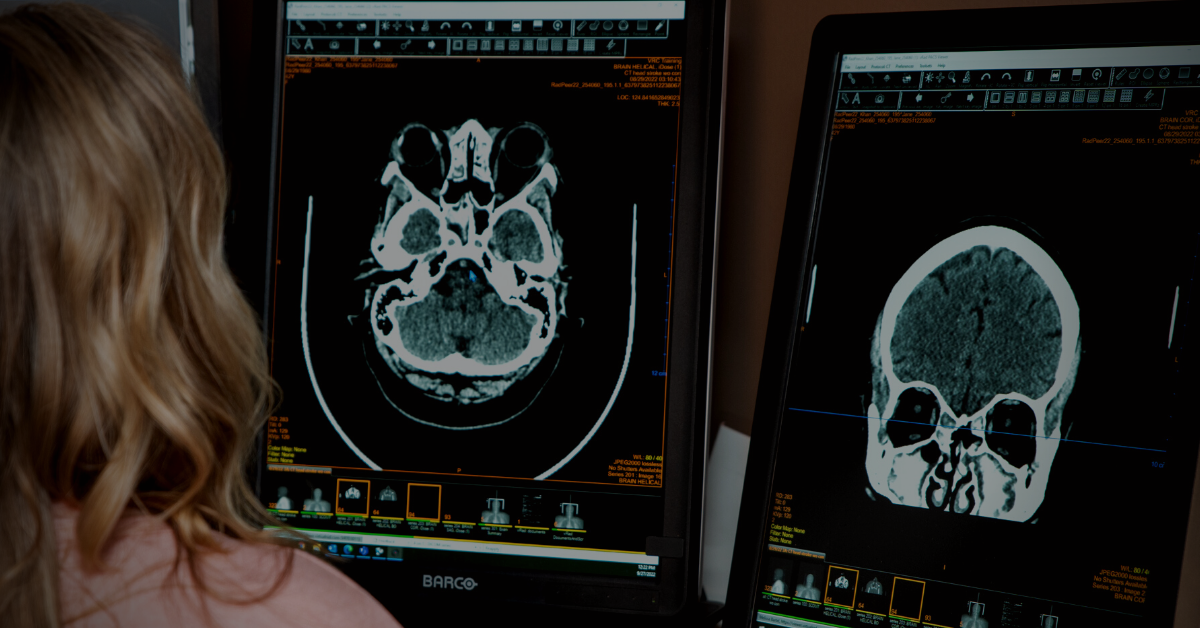.jpg?width=1200&height=635&name=Blog_Header_Updated_1584x428%20(1200%20x%20635%20px).jpg)
4 min read
Teleradiology to Private Practice and Back: Why I Returned to vRad
After residency, I was full of energy and had a solid plan: I’d work in private practice and take on a part-time job in teleradiology. At the time, vRad was great but in my mind, it was a means to an end—paying off my student loans. That arrangement...
Read More









.jpg?width=1024&height=576&name=vRad-High-Quality-Patient-Care-1024x576%20(1).jpg)







%20(2).jpg?width=1008&height=755&name=Copy%20of%20Mega%20Nav%20Images%202025%20(1008%20x%20755%20px)%20(2).jpg)



-1.png?width=1200&height=628&name=Blog_Header_1200x628%20(4)-1.png)
-2.png?width=1200&height=628&name=Blog_Header_1200x628%20(2)-2.png)
-3.png?width=1200&height=628&name=Blog_Header_1200x628%20(3)-3.png)


.jpg?width=1200&height=628&name=Blog_Header_1200x628%20(8).jpg)
.jpg?width=1200&height=628&name=Blog_Header_1200x628%20(7).jpg)
